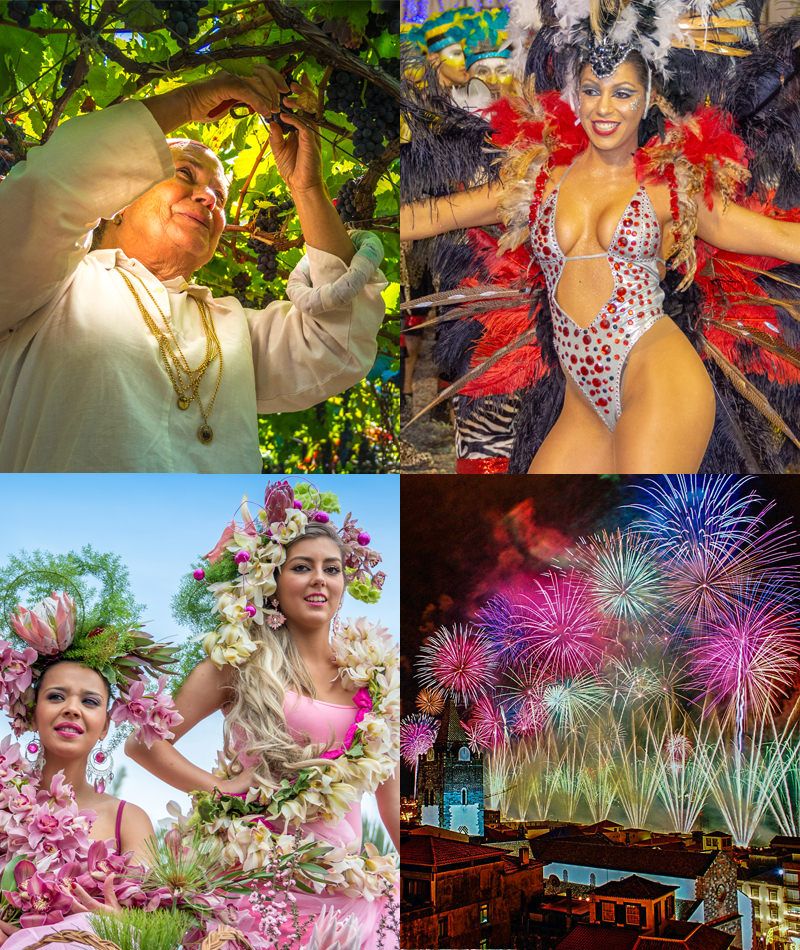
Madeira Island
Autonomous Region of Madeira
The capital of Madeira is Funchal, which is located on the main island’s south coast. The archipelago includes the islands of Madeira, Porto Santo, and the Desertas, administered together with the separate archipelago of the Savage Islands.
The region has political and administrative autonomy through the Administrative Political Statute of the Autonomous Region of Madeira provided for in the Portuguese Constitution. The autonomous region is an integral part of the European Union as an outermost region.
The region is noted for its Madeira wine, gastronomy, historical and cultural value, flora and fauna, landscapes (laurel forest) that are classified as a UNESCO World Heritage Site, and embroidery artisans.
The main harbour in Funchal has long been the leading Portuguese port in cruise liner dockings, receiving more than half a million tourists through its main port in 2017, being an important stopover for commercial and trans-Atlantic passenger cruises between Europe, the Caribbean and North Africa.
In addition, the International Business Centre of Madeira, also known as the Madeira Free Trade Zone, was created formally in the 1980s as a tool of regional economic policy. It consists of a set of incentives, mainly tax-related, granted with the objective of attracting foreign direct investment based on international services into Madeira.
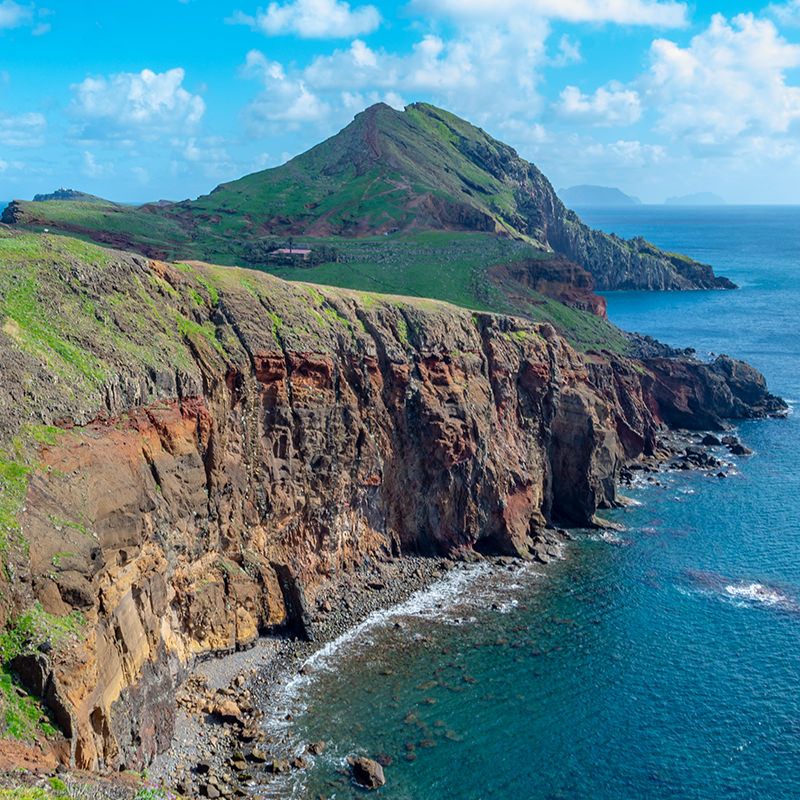
OFICIAL LANGUAGE
Portuguese
POPULATION
2016 Estimate: 289,000
2011 Census: 267 785
Density: 334/km2
AREA (TOTAL)
801 km2
HIGHEST ELEVATION
Pico Ruivo (1,861 m)
3rd highest in Portugal
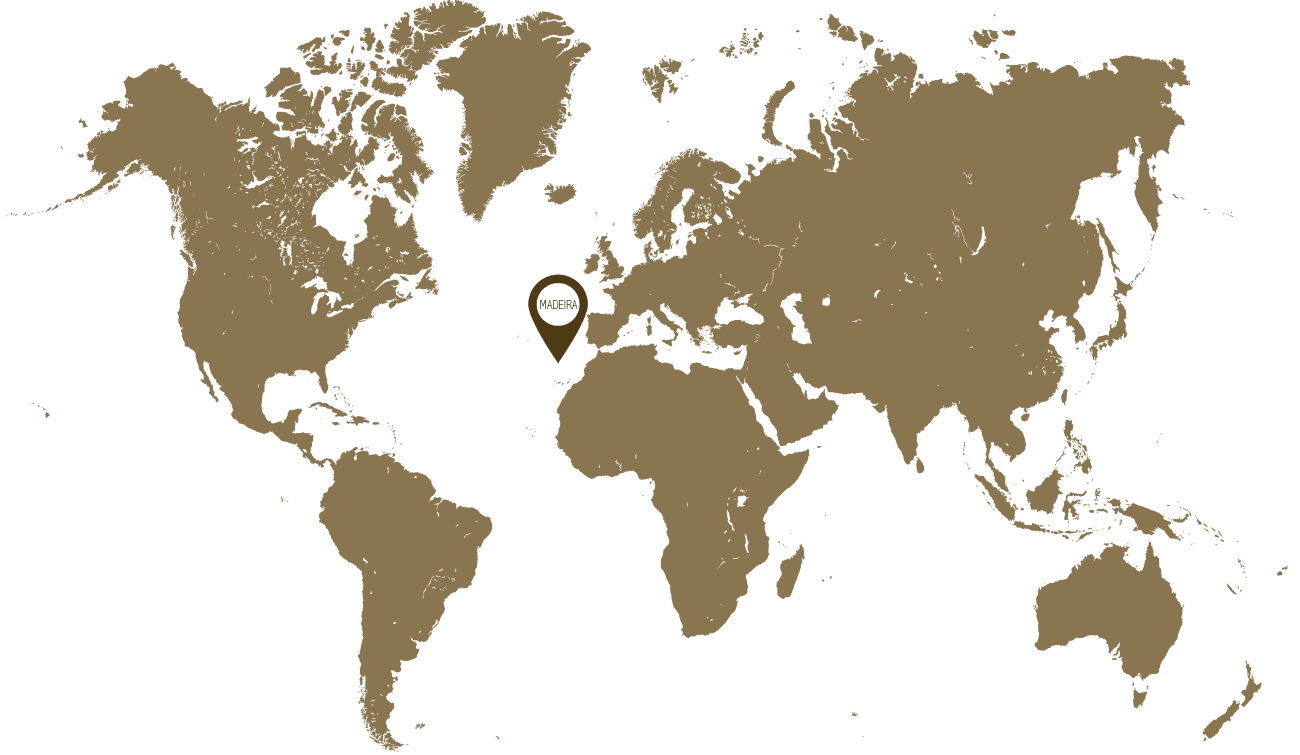
MADEIRA ISLAND
Discovery
Knowledge of some Atlantic islands, such as Madeira, existed before their formal discovery and settlement, as the islands were shown on maps as early as 1339.
In 1418, two captains under service to Prince Henry the Navigator, João Gonçalves Zarco and Tristão Vaz Teixeira, were driven off course by a storm to an island they named Porto Santo (English: holy harbour) in gratitude for divine deliverance from a shipwreck. The following year, an organised expedition, under the captaincy of Zarco, Vaz Teixeira, and Bartolomeu Perestrelo, travelled to the island to claim it on behalf of the Portuguese Crown. Subsequently, the new settlers observed “a heavy black cloud suspended to the southwest.” Their investigation revealed it to be the larger island they called Madeira.
Settlement
Sugarcane production was the primary engine of the island’s economy, increasing the demand for labour. African slaves were used during portions of the island’s history to cultivate sugar cane, and the proportion of imported slaves reached 10% of the total population of Madeira by the 16th century.
Barbary corsairs from North Africa, who enslaved Europeans from ships and coastal communities throughout the Mediterranean region, captured 1,200 people in Porto Santo in 1617. After the 17th century, as Portuguese sugar production was shifted to Brazil, São Tomé and Príncipe and elsewhere, Madeira’s most important commodity product became its wine.
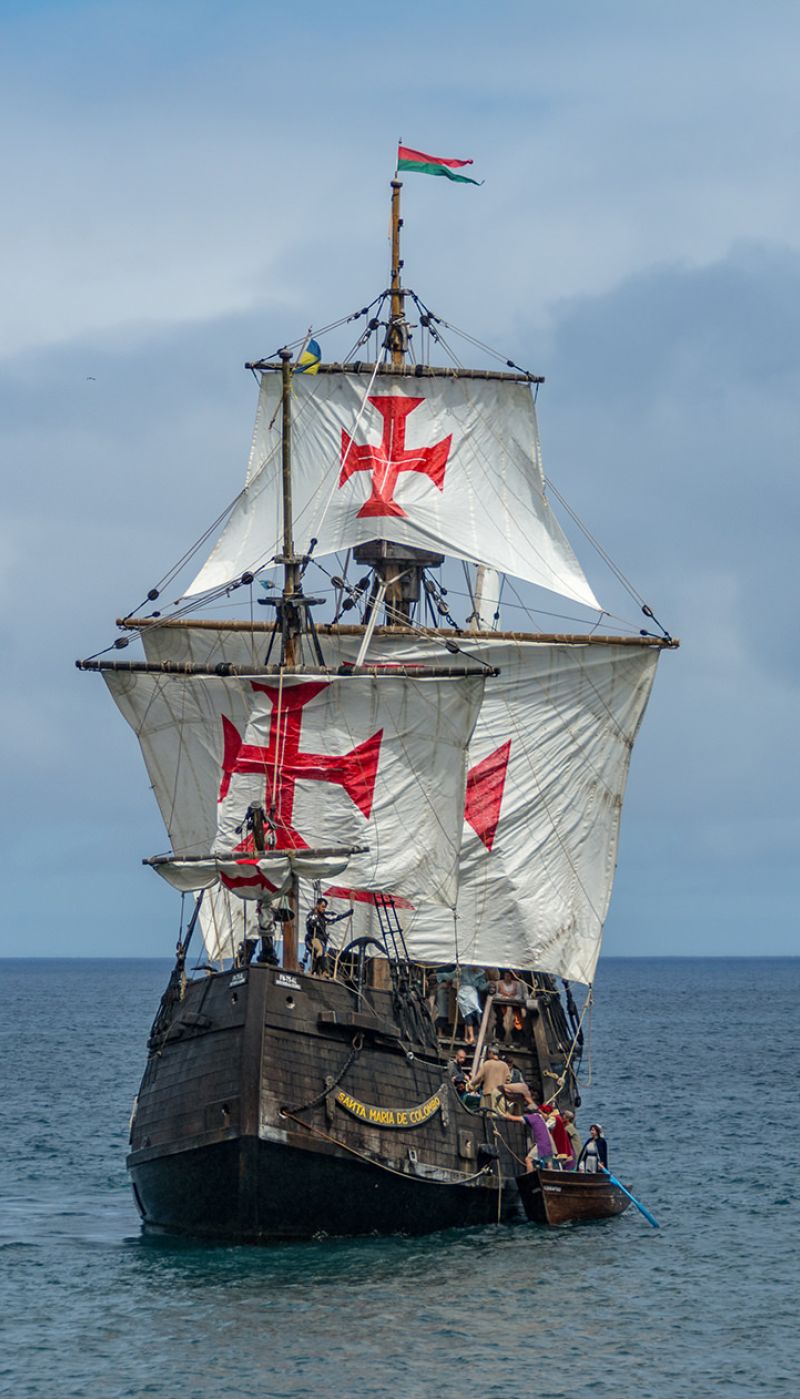
MADEIRA ISLAND
Culture
Music
Folklore music in Madeira is widespread and mainly uses local musical instruments such as the machete, rajao, brinquinho and cavaquinho, which are used in traditional folkloric dances like the Bailinho da Madeira.
Emigrants from Madeira also influenced the creation of new musical instruments. In the 1880s, the ukulele was created, based on two small guitar-like instruments of Madeiran origin, the cavaquinho and the rajao. The ukulele was introduced to the Hawaiian Islands by Portuguese immigrants from Madeira and Cape Verde. Three immigrants in particular, Madeiran cabinet makers Manuel Nunes, José do Espírito Santo, and Augusto Dias, are generally credited as the first ukulele makers. Two weeks after they disembarked from the SS Ravenscrag in late August 1879, the Hawaiian Gazette reported that “Madeira Islanders recently arrived here, have been delighting the people with nightly street concerts.”
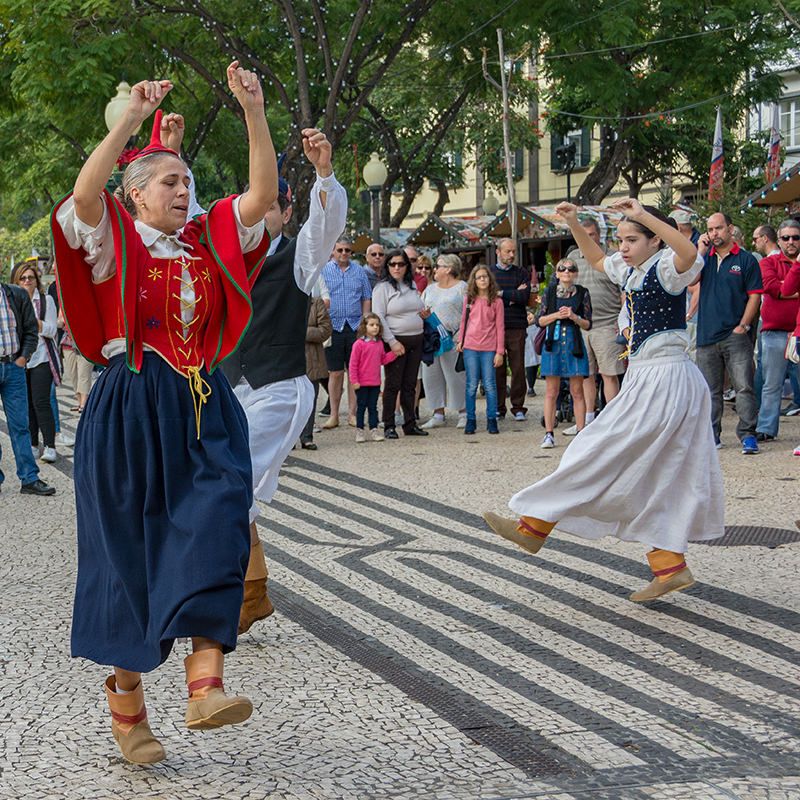
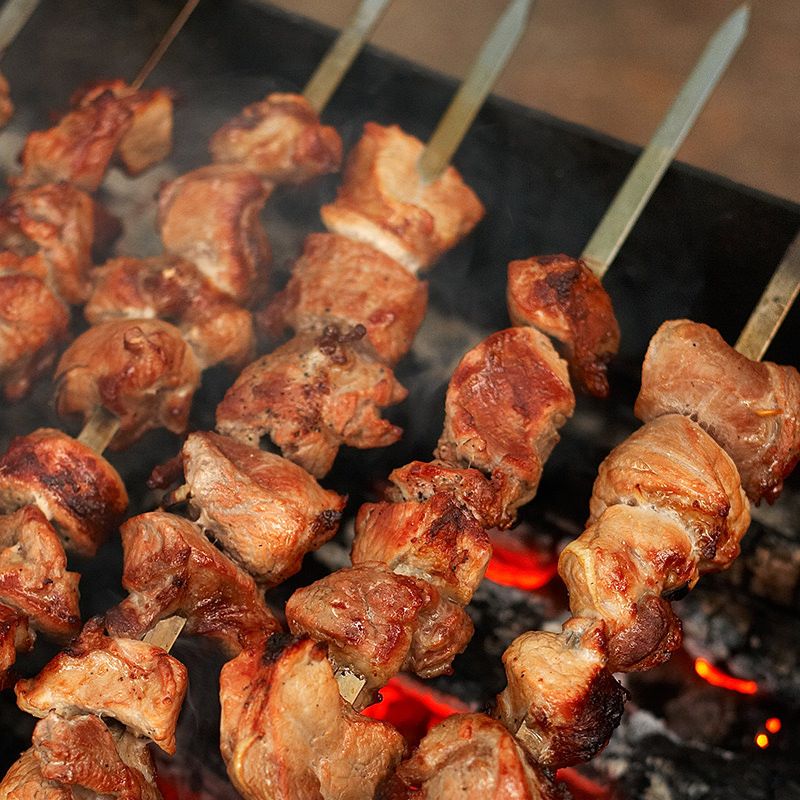
Cuisine
Because of the geographic situation of Madeira in the Atlantic Ocean, the island has an abundance of fish of various kinds. The species that are consumed the most are espada (black scabbardfish), bluefin tuna, white marlin and others. Espada is often served with banana. Bacalhau is also popular, as it is in Portugal. There are also many meat dishes on Madeira, one of the most popular being espetada. It is usually accompanied with the local bread called Bolo do Caco. Other popular dishes in Madeira include açorda, feijoada, carne de Vinha D’alhos.
Traditional pastries in Madeira usually contain local ingredients, one of the most common being mel de cana, literally “sugarcane honey” (molasses). The traditional cake of Madeira is called Bolo de Mel, which translates as “Honey Cake”. It is a rich and heavy cake. The cake commonly well known as “Madeira cake” in England also finds its naming roots in the Island of Madeira. The island of Madeira is also famous for the quality of its Cherimoya fruits. The Annona Festival is a traditional event that encourages the consumption of this fruit and its derivatives, such as liqueurs, puddings, ice cream and smoothies.
Beverages
Madeira Wine is a fortified wine, produced in the Madeira Island; varieties may be sweet or dry. Today, Madeira is noted for its unique winemaking process. Most countries limit the use of the term Madeira to those wines that come from the Madeira Islands, to which the European Union grants Protected designation of origin (PDO) status. Coral is a local beer produced by the Madeira Brewery, which dates from 1872. Other alcoholic drinks are also popular in Madeira, such as the locally created Poncha, Niquita, Pé de Cabra, Aniz, as well as Portuguese drinks such as Macieira Brandy, Licor Beirão.
Laranjada is a type of carbonated soft drink with an orange flavour, its name being derived from the Portuguese word laranja (“orange”). Launched in 1872 it was the first soft drink to be produced in Portugal, and remains very popular to the present day. Brisa drinks, a brand name, are also very popular and come in a range of flavours. There is also a huge coffee culture in Madeira. Like in mainland Portugal, popular coffee-based drinks include Garoto, Galão, Bica, Café com Cheirinho, Mazagran, Chinesa and many more.
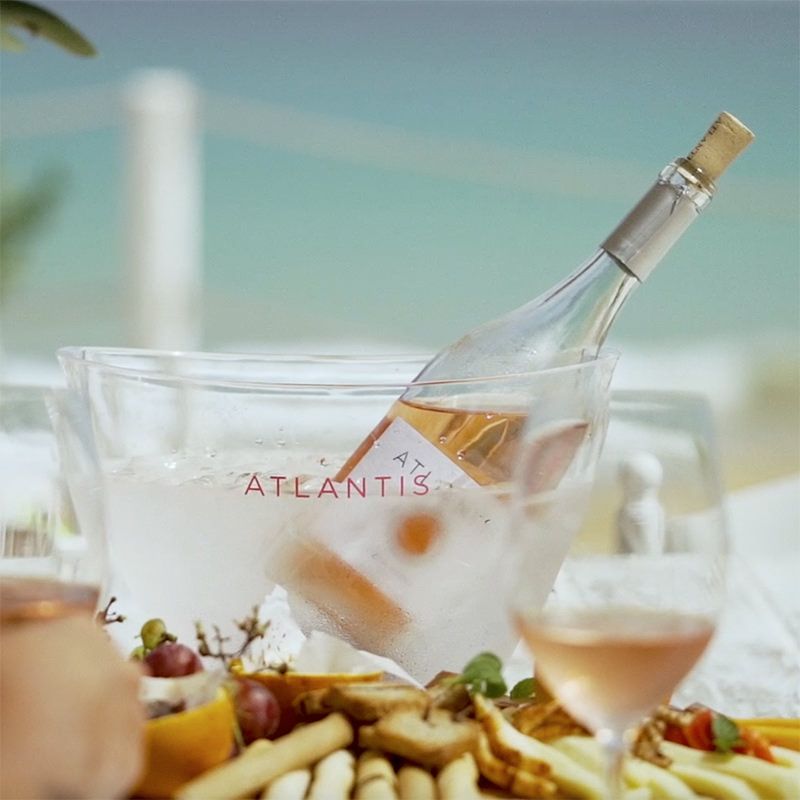
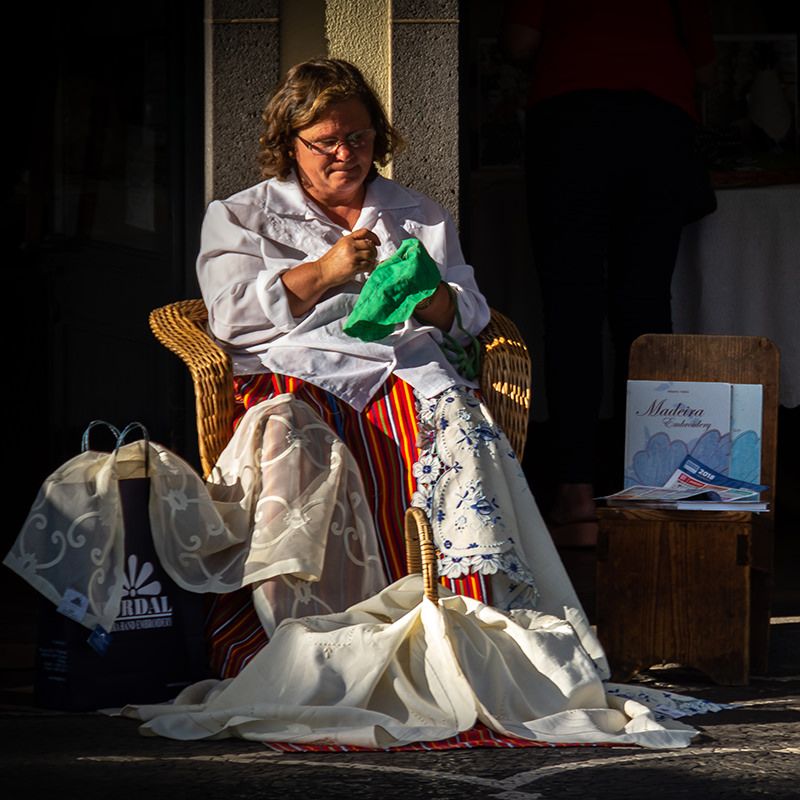
Handicraft
The history of handicraft in Madeira begins with the history of the people themselves, because of the need to produce goods of prime necessity and domestic use led many people to look at this work also as a way of survival that invited the creative and unique expression of presentation of craft items.
Traditionally, handicraft is a production with a family character and that in many cases the knowledge is passed from parents to children. Over the years, a certain amount of creativity has also been sought in conjunction with the production of new pieces.
There are many handicraft activities in the region, from articles made with scalloped cane and wood, to wicker stuffing, pottery, among others. Handicraft is thus one of the great cultural riches of a people that distinguishes and identifies it from others. It is through the pieces produced that the artisans transmit the authenticity, culture, folklore and tradition of their people.
Madeira's Main Events
Madeira Island presents a rich and diverse poster of events, which are known worldwide, when locals and tourists gathered to celebrate the best of our island.
We have the Carnival, where the streets of our city of Funchal fill with color, life and music with allegorical cortege, in a mixture of different cultures.
The Flower Festival, which usually takes place in May, where the beauty of our flowers fills the city streets in an allegorical cortege, with participants of all ages.
The Wine Festival, dedicated to show and recognize the work of all wine production in Madeira, combined with strong tradition. Takes place in September.
Also in September, an environment alluding to the time of the Portuguese Discoveries takes Porto Santo Island, offering many shows combined with music and theater. It is the Colombo’s Festival.
The New Years Eve, our skies get filled with light true the amazing and recognized firework show.
Many reasons to visit us all year round!
